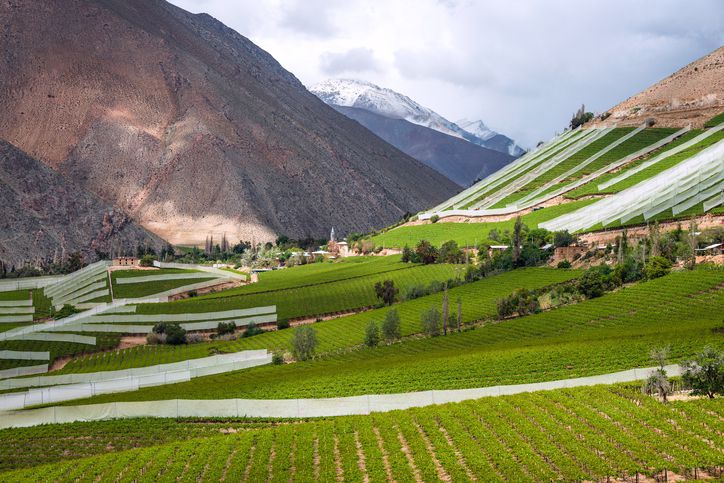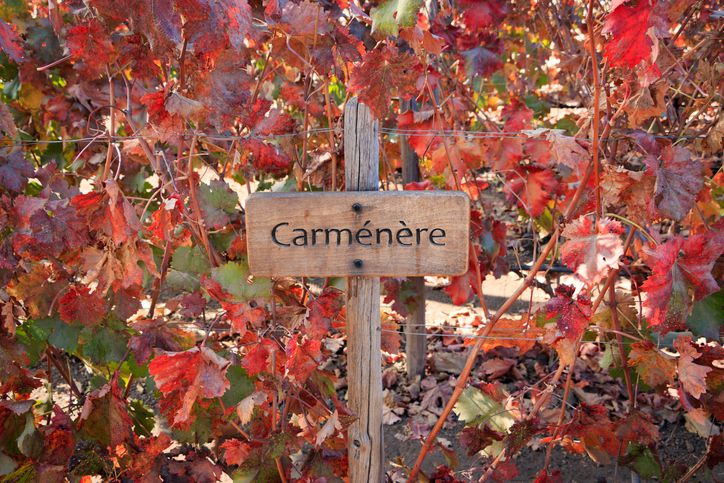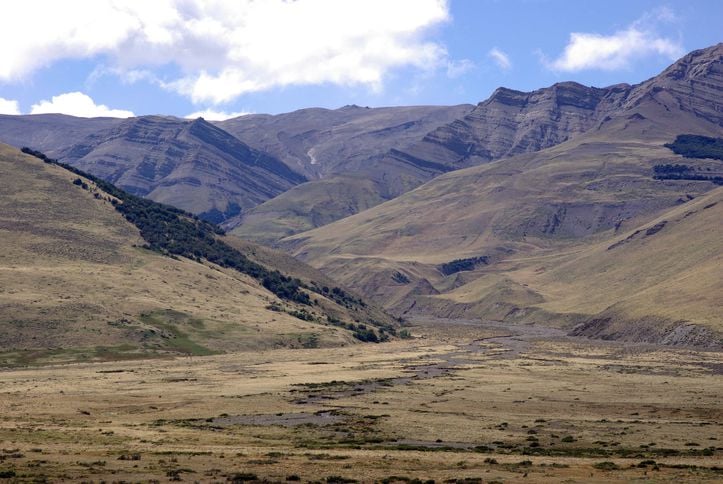With a tradition of producing wine dating from the 16th-century, it’s no surprise that Chile is now the seventh biggest producer of wine in the world and Chilean wine has become noted for its quality and distinctive character. Although the wine industry in Chile has only seen rapid growth in the last twenty years, it is the country’s incredible setting, guarded by the Andean mountain chain in the east and the Pacific Ocean in the west that has been critical in producing wine celebrated for its acidity and character.
For wine lovers visiting the country, the developments in the Chilean wine industry have meant a huge expansion of wineries, many of which are accessible by tour and welcome visitors with picturesque views of vineyards and sun-drenched terraces for dining. What’s more, grape cultivation and wine production mostly takes place in the Central Valley Region south of Santiago, and, although a few terroirs do exist in Coquimbo in the north and further south around Concepción, the vast majority of Chile’s most exciting wine cellars are easily visited from the capital.
Before you visit, let us introduce you to the main varieties of grape grown in Chile as well as the most notable valleys and vineyards in which to sample Chilean wine.

Varieties of Chilean Wine
Chile has established a reputation for inexpensive and reliable sauvignon blancs and cabernet sauvignons, but the range of varieties grown across the country are actually much broader, offering an exciting selection for lovers of fine wine. Indeed, Chile has been steadily achieving acclaim for the quality of its wine and its innovative growing and production methods.
Amongst the most noteworthy varieties of grape grown in Chile are:
Cabernet Sauvignon
One of Chile’s most reputable grape varieties, cabernet sauvignon accounts for almost a third of all vines planted in Chile.
Merlot
The second most planted of the grape varieties in Chile, merlot is grown in most of the wine regions in the country. Merlot Wine can be your perfect chilean food wine.
Carménère
With one of the most intriguing histories of all grapes around the world, the carménère grape was only discovered in the 1990s, having been confused with the merlot grape for centuries. Instead, carménère is a variety of grape that was wiped out by phylloxera in Europe in the 1800s and now can only be found in a handful of places outside of Chile. Carménère has since become Chile’s signature grape and one which has been at the forefront of the country’s rise to international repute for good wine.

Pinot Noir
A more recent introduction to the Chilean wine cannon, winemakers in the cooler valleys of Bío Bío in the south and the near coastal Casablanca and San Antonio Valleys now cultivate pinot noir.
Sauvignon Blanc
Grown mainly in the cool valleys of Casablanca, Leyda and San Antonio north and west of Santiago, it is the most popular white wine grown in Chile.
Main Chilean wine regions
With the rapid changes in the Chilean wine industry in the 1990s, and the growing prominence of Chilean wine in home and international markets, wine regions are increasingly being divided into smaller valleys in order to recognize and promote important regional characteristics in terms of soil quality and climate. However, each region has a plethora of top-quality vineyards to visit.
Maipo Valley
The best known of all the Chilean wine regions and home to some of the country’s most globally-established vineyards, the Maipo Valley is the most accessible from Santiago. As such, it’s easy to explore a number of the heavyweight Chilean vineyards, such as Concha y Toro, Santa Rita and De Martino on a day tour from the capital.

Often described as the “Bordeaux of South America”, cabernet sauvignon dominates this region, while merlot is also of note here. Grapes grown in the Maipo Alto region in the Andean foothills are particularly celebrated for their acidity and sugar content thanks to the colluvial, rocky and quickly-draining soils found here.
Colchagua Valley
The enviable climate of the Colchagua Valley has made it one of Chile’s most up-and-coming wine regions. A couple of hours drive from Santiago, the area has a warm climate cooled by ocean breezes and dry soils moistened by occasional rainfall.
Known as being home to some of the country’s finest wines, Casa Silva, Viña Los Vascos and Lapostolle are of particular note, and visitors can sample wines ranging from cabernet sauvignon, Carménère, malbec and merlot in vineyards in the east, to chardonnay and sauvignon blanc dominating in the west.
Casablanca Valley
One of Chile’s newer wine regions, chardonnays and sauvignon blancs are the most common varieties grown here. The quality of the wine produced here is attributed to the large variation between day and nighttime temperatures that are a result of the valley’s coastal location. Merlots and pinot noirs are also of note here and top wineries such as Veramonte, Emiliana and Matetic can be visited as part of a day-trip from Santiago or as part of a trip to trendy Valparaíso or sun-kissed Viña del Mar as the vineyards line the highway that strikes out east from the capital.
Wine Notes
The best way to sample Chilean wine is via a tour from Santiago. Vineyards often have tastings that sometimes require a reservation and many include top-quality restaurants and exceptionally picturesque settings; the experience of visiting the vineyards themselves is often as much fun as actually tasting the wine.
Around Santiago, expect to pay $6-10 for a bottle in a supermarket and between $15-20 in a restaurant. By directly visiting vineyards, expect access to high-quality but very low-priced wine.
No comments yet
There are no comments on this post yet.






Leave a comment